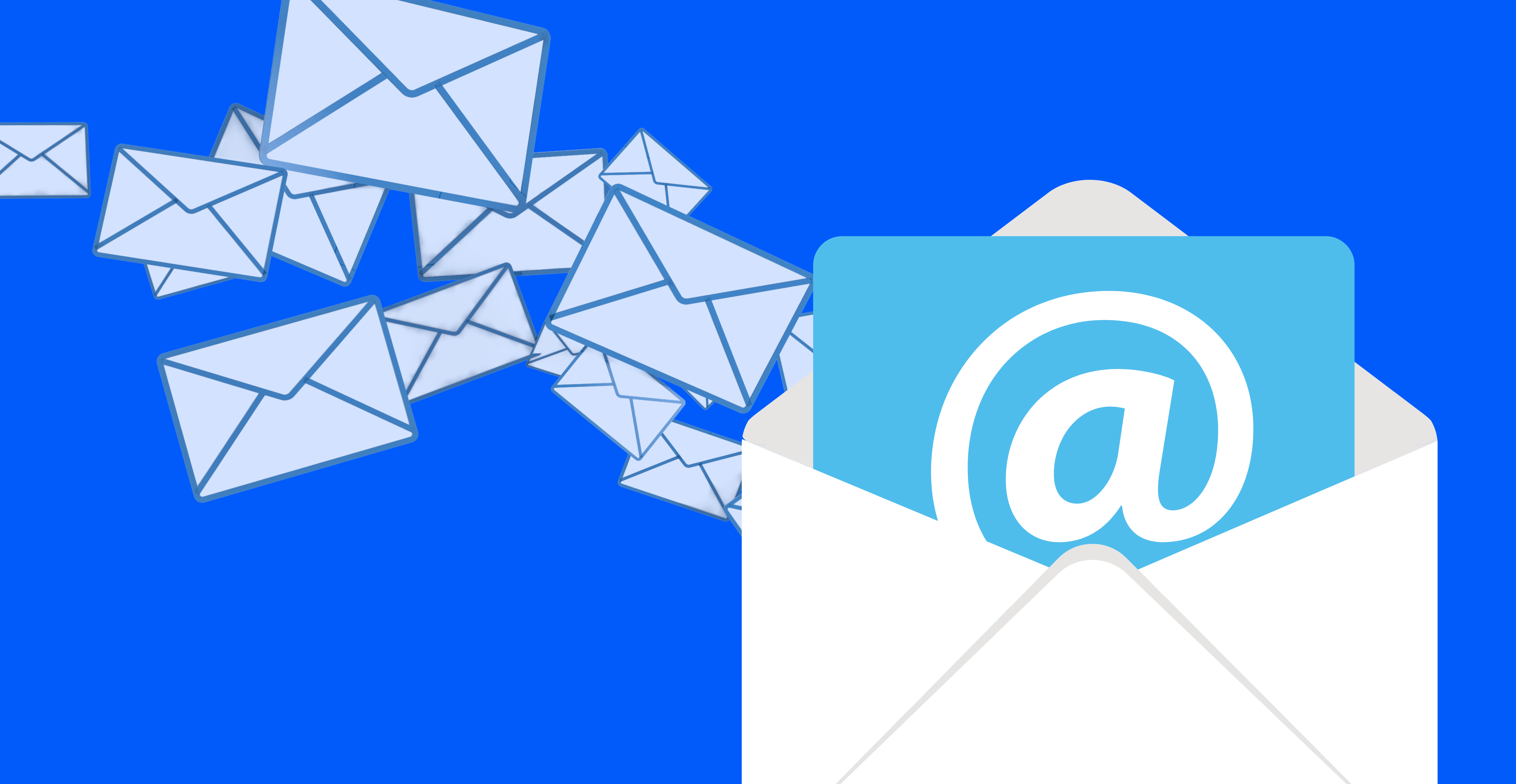
A few months ago, I was considering selling my Honda Civic. I no longer drive as much without a daily commute, and I’ve heard that there’s no better time to sell. My Civic is no spring chicken, but with less than 50,000 miles, she has many many years to go.
To start the process, I went to a dealership website for more information. I was able to find a page on selling vehicles and filled out the accompanying form. Not long after, someone reached out to me via SMS and we started discussing the process and what I’d need to provide to get a price.
But something funny happened next.
I began to get emails about my quote request for a Passport (the vehicle kind, of course).
I never asked for a quote, nor did I indicate any interest in the Passport or any other vehicle. I was purely looking to sell. And to top it off, it didn’t look like any Passports were available on the dealership website.
As a marketer who knows the automotive industry, the problem I see here is that this email doesn’t satisfy either 1) my best interests as the customer or 2) the best interests of the dealership. That is what we call a lose-lose.
And yet, I see why misplaced emails like this happen.
Most automotive email strategies are built on the key assumption that you always need to get cars off the lot. But that objective no longer serves many businesses. With low inventory continuing, dealerships should adjust, if they haven't already.
This is true whether you’re currently experiencing low inventory or you still have cars to sell, as the changing market conditions are forcing all dealers to adjust, and strategies that worked last year won’t hit the same today.
With all of this in mind, let’s look at what you can do today to adjust your email marketing strategy.
Proactively Ensure Content is Accurate
Keeping email inventory up-to-date has become trickier in the last year. When vehicles really do seem to fly off the lot, an email blast that was created on Monday won’t be accurate by Friday. Subscribers want to see inventory in their inbox, but only inventory that they can get. Otherwise, they may be frustrated more than primed to purchase.
Besides shortening the turnaround time between email creation and send (and as a marketer, I beg you to not rush sends), the best way to solve this is to use dynamic content. Dynamic email marketing uses real-time info from sources such as website user behavior and your CRM to personalize email content to your subscriber’s needs. Not only will your email content be more accurate, but it will also be more relevant. Plus, dynamic emails get 2x the open rate compared to the industry average and 8x the click-through rate compared to the industry average.
Make Sure You Have the Right Lists
First, every subscriber should not be added to every list. If you have designated forms for different inquiries, such as selling vs buying a vehicle, your email segmentation should reflect this.
At one point in time, a list of subscribers interested in selling a vehicle might not have mattered much to you. If you didn’t need or want more vehicles, that’s completely fair. But as your goals change, so should your email segmentation.
If you have fewer cars, you may want to send more to subscribers on your service, parts, and used inventory lists now. Or if you aren’t feeling the effects of low inventory, focusing on new car sales may be more important than ever as you have a leg up over dealers who can’t offer new cars. Regardless of how you pivot, you can find new opportunities by adjusting your strategy at the list level.
Get More Targeted with Your Sends
In addition to adjusting list strategy, now is a great time to look for new ways to connect with subscribers. While bulk blasts may have been a large part of your email marketing strategy in years past, more targeted sends can help you address changing goals.
One of the easiest ways to get more targeted with your email is to use triggered sends. When you set email triggers based on subscriber actions, such as what they view on your website, you’re essentially creating a segment of 1. Not only do you avoid sending something that confuses subscribers, but they’re also more likely to welcome you into their inbox. When an email is not personalized, 52% of customers say they’ll find somewhere else to go.
In my case, I was genuinely confused about why I was receiving emails about a quote I never requested. Assuming that someone who sells a car might be interested in a purchase is admittedly reasonable, but when you don’t have that car to sell anyhow, you’re only creating a bad experience.
Adjusting Your Email Marketing Strategy for Success
Too often we apply the “set it and forget it” approach to email marketing. Now is a great time to evaluate your strategy and see what changes could be useful to better meet your goals. Not only will you find more success with email, your subscribers will also thank you.
If you’re looking to add targeted, dynamic sends to your strategy, get a 60-day free trial of our Prospect Engagement tool.
